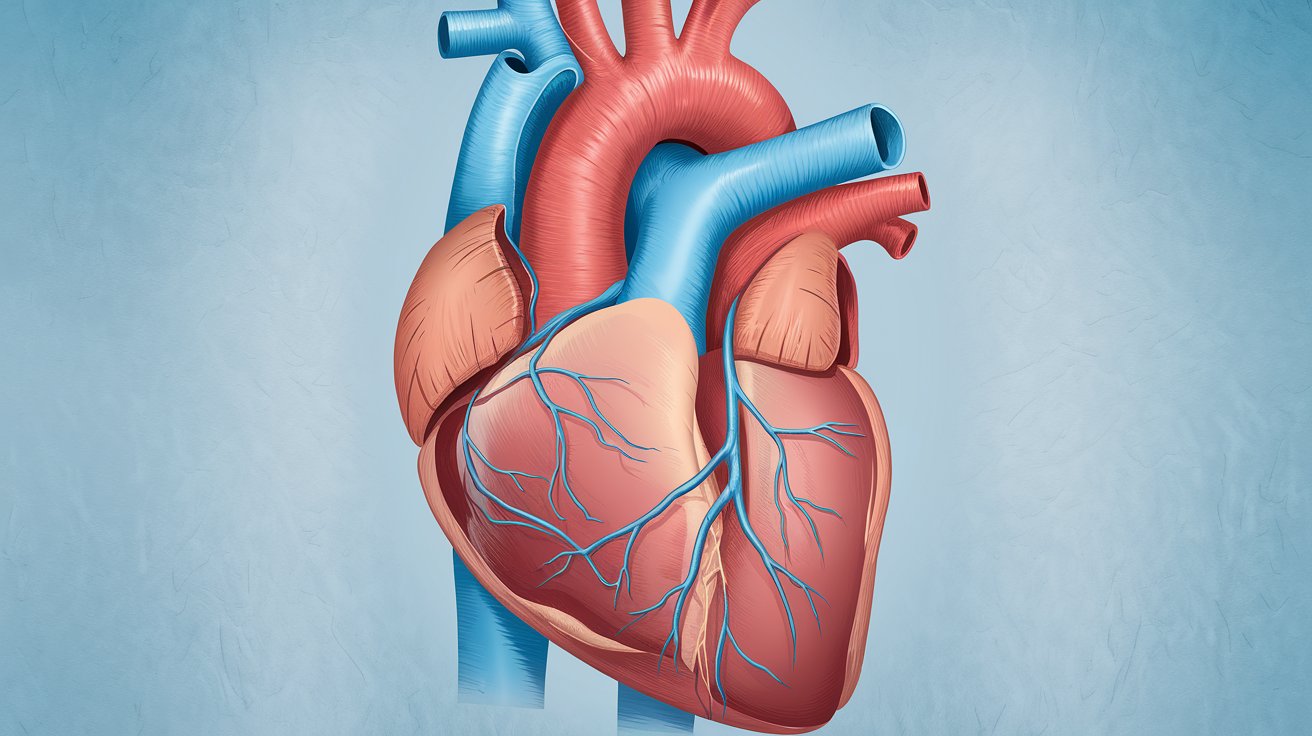
Congenital Mitral Stenosis is a rare heart condition present at birth, affecting the mitral valve's function. This valve, located between the left atrium and left ventricle, ensures blood flows in one direction. When stenosis occurs, the valve doesn't open fully, restricting blood flow and causing the heart to work harder. Symptoms can range from mild to severe, including shortness of breath, fatigue, and irregular heartbeats. Early diagnosis and treatment are crucial for managing this condition. Treatments may involve medications, surgical repair, or valve replacement. Understanding congenital mitral stenosis helps in recognizing its impact and exploring available treatment options.
Key Takeaways:
- Congenital mitral stenosis is a rare heart condition present from birth, causing blood flow obstruction and potential complications. Early diagnosis and lifelong monitoring are crucial for managing this condition.
- Treatment options for congenital mitral stenosis include medication, balloon valvuloplasty, surgical repair, and even heart transplant in severe cases. With proper care, individuals can lead relatively normal lives despite potential complications.
What is Congenital Mitral Stenosis?
Congenital mitral stenosis is a rare heart defect present at birth. It affects the mitral valve, which controls blood flow between the heart's left atrium and left ventricle. Here are some fascinating facts about this condition.
-
Congenital Origin: This condition is present from birth, unlike acquired mitral stenosis which develops later in life.
-
Mitral Valve Anatomy: The mitral valve has two leaflets that open and close to regulate blood flow. In congenital mitral stenosis, these leaflets are often malformed.
-
Blood Flow Obstruction: The malformed valve obstructs blood flow from the left atrium to the left ventricle, causing various complications.
Symptoms and Diagnosis
Recognizing the symptoms and diagnosing congenital mitral stenosis early can be life-saving. Here are some key points to understand.
-
Early Symptoms: Symptoms can appear in infancy or early childhood, including difficulty breathing, poor weight gain, and fatigue.
-
Heart Murmurs: A common sign is a heart murmur, an unusual sound heard during a heartbeat.
-
Echocardiogram: This imaging test uses sound waves to create pictures of the heart, helping doctors diagnose the condition.
-
Electrocardiogram (ECG): An ECG records the electrical activity of the heart and can indicate abnormalities.
Causes and Risk Factors
Understanding what causes congenital mitral stenosis and the risk factors involved can help in prevention and management.
-
Genetic Factors: Some cases are linked to genetic mutations or inherited conditions.
-
Environmental Factors: Exposure to certain environmental factors during pregnancy can increase the risk.
-
Associated Conditions: It often occurs with other congenital heart defects, such as ventricular septal defect or coarctation of the aorta.
Treatment Options
Various treatment options are available to manage congenital mitral stenosis. Here are some of the most common ones.
-
Medication: Medications can help manage symptoms but do not cure the condition.
-
Balloon Valvuloplasty: This procedure uses a balloon to widen the narrowed valve.
-
Surgical Repair: In severe cases, surgery may be needed to repair or replace the mitral valve.
-
Heart Transplant: In extreme cases, a heart transplant may be the only option.
Prognosis and Long-term Outlook
The long-term outlook for individuals with congenital mitral stenosis varies. Here are some important considerations.
-
Regular Monitoring: Lifelong monitoring by a cardiologist is essential.
-
Quality of Life: With proper treatment, many individuals can lead relatively normal lives.
-
Complications: Potential complications include heart failure, arrhythmias, and pulmonary hypertension.
Interesting Facts
Here are some lesser-known facts that add depth to our understanding of congenital mitral stenosis.
-
Rare Condition: It is a rare condition, affecting fewer than 1 in 10,000 live births.
-
Historical Cases: The first documented case dates back to the early 20th century.
-
Research Advances: Ongoing research aims to improve diagnostic methods and treatment options.
-
Family Screening: If one child is diagnosed, siblings may also need screening due to genetic factors.
-
Prenatal Diagnosis: Advances in fetal echocardiography allow for diagnosis before birth.
-
Exercise Limitations: Patients may need to avoid strenuous activities to prevent complications.
-
Support Groups: Various support groups and organizations offer resources and community for affected families.
-
Technological Innovations: New technologies are continually being developed to improve surgical outcomes.
-
Global Incidence: The incidence varies globally, with some regions reporting higher rates due to genetic and environmental factors.
-
Lifelong Condition: Even with treatment, it remains a lifelong condition requiring ongoing care.
-
Psychological Impact: The condition can have psychological effects, necessitating mental health support.
-
Insurance Challenges: Obtaining health insurance can be challenging for those with congenital heart defects.
-
Awareness Campaigns: Various campaigns aim to raise awareness and funding for research into congenital heart defects.
Final Thoughts on Congenital Mitral Stenosis
Congenital Mitral Stenosis (CMS) is a rare but serious heart condition. It affects the mitral valve, making it hard for blood to flow from the left atrium to the left ventricle. This can lead to symptoms like shortness of breath, fatigue, and irregular heartbeats. Early diagnosis and treatment are crucial for managing CMS. Treatments range from medications to surgical interventions, depending on the severity. Regular check-ups with a cardiologist are essential for monitoring the condition. Understanding CMS can help patients and their families make informed decisions about care and lifestyle adjustments. Awareness and education about this condition can lead to better outcomes and improved quality of life for those affected. Stay informed, seek medical advice, and support research efforts to find better treatments for CMS.
Frequently Asked Questions
Was this page helpful?
Our commitment to delivering trustworthy and engaging content is at the heart of what we do. Each fact on our site is contributed by real users like you, bringing a wealth of diverse insights and information. To ensure the highest standards of accuracy and reliability, our dedicated editors meticulously review each submission. This process guarantees that the facts we share are not only fascinating but also credible. Trust in our commitment to quality and authenticity as you explore and learn with us.
